When to Plant Wildflowers: Finding the Best Time to Plant Wildflower Seeds for a Beautiful Bloom
Introduction to Planting Wildflowers
Planting wildflowers adds vibrant color and biodiversity to any landscape, from gardens to meadows. Knowing when to plant wildflower seeds is essential for success, as timing impacts germination, root development, and bloom cycles. The best time to plant wildflower seeds is typically in early spring or late fall, depending on your climate and the types of wildflowers you're growing.
For strong germination, it’s important to plant wildflower seeds when the soil temperature and moisture levels are ideal. Preparing bare, well-drained soil and ensuring good seed-to-soil contact are key steps. Using a high-quality wildflower seed mix tailored to your region, especially one with native species, can significantly boost your success.
Whether sowing by hand or with a spreader, keep the soil moist during early growth and provide full sun. Planting wildflowers at the right time and using the appropriate method sets the foundation for a thriving, low-maintenance garden.
Why Timing Matters for Planting Wildflowers
The timing of planting wildflower seeds directly affects growth and blooming. Early spring is perfect for cooler weather and spring growth, while late fall is ideal for perennial wildflowers. Understanding when to plant wildflower seeds based on soil temperature, moisture, and sunlight ensures strong root establishment and vibrant blooms.
Preparing bare soil and using a wildflower seed mix that includes native plants minimizes competition from weeds and supports healthy root growth. By planting wildflower seeds at the right time, you can grow wildflowers that attract beneficial insects and enhance local wildlife habitats.

Understanding Wildflowers
Definition of Wildflowers and Their Characteristics
Wildflowers are native or naturalized plants that grow without human intervention, thriving in a variety of climates and soil conditions. They bloom in vibrant colors, attracting beneficial pollinators like bees and butterflies, which enhances local ecosystems. Planting wildflowers can be done in early spring or fall, depending on the species, to ensure successful germination and establishment.
Understanding the needs of each wildflower species—such as soil temperature, sunlight, and moisture—is essential for healthy root growth and vigorous blooming. For a diverse display, consider adding woodland wildflowers and perennial grasses. Proper soil preparation, such as ensuring good seed-to-soil contact, increases the chances of thriving plants.
Whether you’re creating a wildflower meadow or adding them to a garden, planting wildflowers at the right time ensures a beautiful, year-round display.
Benefits of Planting Wildflowers
Planting wildflowers offers many benefits, including attracting pollinators and enhancing biodiversity in gardens and natural habitats. The best time to plant wildflower seeds depends on your region, but early spring or late fall generally provides optimal conditions for seed germination.
Choosing a diverse wildflower seed mix supports a variety of blooms throughout the season, benefiting pollinators like bees and butterflies. Understanding the lifecycles of wildflower species ensures successful growth, even in challenging conditions like poor soil or hot summers.
Proper seed coverage and soil preparation are essential for healthy growth and vibrant wildflower displays.

Factors Influencing Planting Time
Climate Considerations
Climate plays a major role in determining when to plant wildflower seeds. In milder climates, like the Pacific Northwest, early fall is ideal for planting, allowing seeds to establish before winter precipitation. In regions with hot summers, planting wildflowers in early spring ensures that seeds receive adequate moisture before the heat arrives, promoting strong growth.
By planting in early fall or spring, wildflowers can establish strong roots and bloom beautifully within a few seasons. Local nurseries can provide advice on the best time to plant wildflower seeds based on your region's climate, helping ensure success in establishing a thriving habitat.

Soil Conditions
Before planting wildflowers, soil preparation is crucial for ensuring successful growth and blooming. The best time to plant wildflower seeds varies by region, but regardless of timing, preparing the soil ensures optimal conditions for seed germination and seedling establishment. Proper soil preparation involves assessing and amending poor soil conditions to support wildflowers throughout their lifecycles.
This process includes using the right seed mix and ensuring seed coverage rates are adequate for the area being planted, whether it's a square foot garden or a larger plot. In regions prone to summer heat or winter precipitation, adjusting the soil with a sand mixture can help maintain moisture levels and prevent seeds from laying dormant or washing away.
By preparing the soil properly, wildflowers can grow beautifully, with robust seedlings that develop from the same root system, supporting a variety of annual wildflowers and individual wildflower species.
Local Conditions
Local weather patterns and microclimates significantly influence the best time to plant wildflower seeds. Understanding these factors is crucial for successful wildflower planting. In regions with milder climates like the Pacific Northwest, early fall may be ideal as it allows seeds to establish foliage before winter precipitation.
Conversely, areas experiencing hot summer heat may benefit from planting in early spring to ensure seedlings receive enough moisture before temperatures rise. Microclimates within a garden or landscape can also affect planting times; for instance, sunny spots may warm up earlier in the spring, encouraging wildflowers to begin blooming sooner.
Adjusting planting times based on local conditions ensures that wildflowers thrive, whether they are annuals or perennial varieties, and that seedlings stay moist to support their growth throughout the season.

Best Times to Plant Wildflowers
Spring Planting
Spring is often considered the best time to plant wildflower seeds due to several advantages and considerations. As temperatures rise and daylight increases, wildflowers have optimal conditions for germination and early growth.
Spring planting allows wildflowers to establish foliage before the onset of summer heat, ensuring they receive adequate moisture and can develop strong root systems. It's a time when many wildflower varieties naturally begin blooming, contributing to the beauty of gardens and landscapes.
However, care must be taken not to sow too much seed, as overcrowding can lead to competition for resources among seedlings. Adjusting seed coverage rates and using appropriate wildflower mixes suited to local conditions and soil types can maximize success during spring planting.

Fall planting offers distinct benefits for certain wildflower species, making it an advantageous time to sow seeds. As temperatures cool and rainfall typically increases, conditions become favorable for seed germination and establishment of wildflower seedlings.
Many wildflower varieties benefit from fall planting because it allows them to develop strong root systems and establish foliage before winter dormancy. This early establishment ensures they are well-prepared to bloom beautifully in the following spring.
Fall planting also reduces the risk of seeds laying dormant or washing away due to winter precipitation, particularly in regions with milder climates like the Pacific Northwest or hill country. Adjusting seed coverage rates and choosing appropriate wildflower mixes tailored to local conditions further supports successful fall planting and the growth of vibrant wildflowers.
Regional variations
Planting times for wildflowers vary significantly based on geographical regions and their corresponding climate zones. In Zone 7, which typically experiences mild winters and warm summers, early spring and early fall are ideal for planting wildflower seeds.
These times allow seeds to germinate in moist soil and establish before summer heat sets in, promoting strong growth and blooming. In contrast, Zone 5, with its colder winters and shorter growing seasons, benefits from spring planting after the last frost date to maximize the warm period for seedling development.
Understanding these regional variations is crucial for effective wildflower planting, ensuring that seeds are sown at the optimal times to support wildflower lifecycles and produce beautiful blooms during the growing season.

How to Plant Wildflower Seeds
We all love the beauty of a wildflower meadow and so do all the pollinators. But when is the best time to plant and how do you prepare your planting area? The answer is, it depends on your location or climate and the growing conditions. Spring, summer and fall are all good times to plant and grow wildflowers but the absolute best time will depend on the winter temperatures and water availability. Watch our video on Planting Wildflowers for step-by-step methods for planting.
Planting Time in Mild-Winter Areas
If you live in an area with minimal or no winter frosts (parts of California, Florida, southern Texas or parts of the Southwest) you can grow wildflowers any time, however, the hottest time of the year is not recommended. It is best to take advantage of the rains and plant in the late fall when the rain begins. Seeds may need to be stratified before planting if not exposed to any freezing temperatures.
Planting Time in Cold-Zones
If you live in snow zones or areas with bitter-cold winters, you can wait and plant in the spring or plant in fall. The advantage of planting in the fall is you will see those blooms earlier than if spring planted. If Fall planting, wait until after a good hard frost. The seeds will not sprout until the spring when the soil has warmed up enough for germination. 
Site Preparation for Fall or Spring Planting
Wildflowers will not do well if they have to compete with weeds. You should clean up the planting area of debris and weeds. If your ground is dry, water to encourage sprouting of weed seeds. Once they have sprouted you can lay down newspaper, weed fabric to block out the sun and kill the weed seedlings, or use a hand weeder. This process can be done a couple of times to get rid of all the weed seeds.
Site Selection and Soil Amendments
Unless specifically buying a shade-loving mix, annual or perennial wildflowers like full sun. But they don't like soggy, wet feet, so a good draining location is a must. The area should be cleared of unwanted vegetation and rake out any big rocks. If the area is clear, rake or disturb the soil so the wildflower seeds will have good soil contact. Working in some good organic compost will help with holding moisture in the soil and give the seeds a little cover. No need to dump a bunch of fertilizers in. Wildflowers will do just fine with most native soils. If you want to supplement the soil, add a fertilizer that is low in nitrogen and formulated for flowers (more phosphorus and potassium). Make sure the fertilizer is worked into the soil before you seed the area.
Successful Sowing for Wildflower Seeds
Many wildflower seeds are very small so it is best to mix with an inert material like sand (not sea sand) or vermiculite in a 1:10 ratio. Split your seeds in half, mix with the inert material and sow your area. Mix the other half and resow the area. Do not rake in the seeds. Simply walk on the area, use a lawn roller or a piece of plywood to press the seeds into the soil. If spring sowing, make sure the seeds receive adequate water for good germination. Give your pollinators a good food source and enjoy the long-lasting blooms in your garden or backyard.

Conclusion
In conclusion, successfully growing wildflowers starts with understanding when to grow wildflowers and choosing the best time to plant wildflower seeds based on your region's climate. Whether planting in spring or fall, knowing when to plant wildflower seeds allows them to develop strong root systems and bloom beautifully.
Prepare your soil well, maintain good seed-to-soil contact, and select a high-quality wildflower seed mix suited to your area for the best results. By aligning your efforts with seasonal conditions and local ecosystems, you’ll create a thriving wildflower garden that supports pollinators and offers lasting beauty year after year. For those looking to get started, check out wildflower seeds for sale.

FAQs about When to Plant Wildflower Seeds? Discover the Best Time to Plant Wildflower Seeds & When to Grow Wildflowers
-
When is the best time to plant wildflower seeds in Zone 7?
-
In Zone 7, early spring and early fall are ideal times for planting wildflower seeds. These seasons provide optimal conditions for seed germination and establishment before the extremes of summer heat or winter cold. For best results, prepare the soil surface and consider starting seeds in seed trays if planting in smaller areas.
-
-
When should I plant wildflower seeds in Zone 5?
-
In Zone 5, it's best to plant wildflower seeds in early spring after the last frost date. This timing allows seeds to take advantage of the warming soil and longer daylight hours for vigorous growth. Ensure that you choose the right seed mix for Zone 5 and prepare the area by removing invasive species and existing growth.
-
-
How do I prepare for wildflower planting?
-
Prepare for wildflower planting by ensuring good soil drainage, achieving proper seed-to-soil contact, and selecting a seed mix suited to your climate and soil type. A light layer of mulch can help retain moisture and improve germination rates. It's essential to manage soil surface conditions and use seed trays for starting smaller or delicate seeds.
-
-
What are the benefits of planting wildflowers in early summer?
-
Planting wildflowers in early summer can extend blooming periods into late summer and fall, providing continuous beauty in your wildflower meadows. It's crucial to keep seedlings moist during this time to support their growth and attract beneficial insects like butterflies and bees.
-
-
How can I ensure beautiful wildflowers year-round?
-
To ensure year-round beauty with wildflowers, consider their lifecycles and stagger planting times throughout the growing season. This approach helps maintain a diverse and colorful display as different species bloom at various times. Include a mix of native perennials such as black-eyed Susan and purple coneflower to enhance seasonal interest.
-
-
What should I do if wildflower seeds lay dormant after planting?
-
If wildflower seeds lay dormant after planting, be patient and wait for favorable conditions such as the rainy season or warmer temperatures. This natural dormancy break is essential for seeds to germinate and grow. In the meantime, ensure the area remains weed-free and avoid using household chemicals that might affect soil health.
-
-
How do I determine how much wildflower seed to plant?
-
Calculate how much wildflower seed to plant based on the size of your planting area and the recommended seed coverage rate. Using a plant identification app or consulting local gardening resources can also help determine seed quantities for optimal results. Consider the specific needs of desirable species like butterfly weed and Indian grass to achieve the best outcomes.
-
-
How can I manage weeds and ensure a successful wildflower garden?
-
Managing weeds is crucial for a successful wildflower garden. Before planting, prepare the soil surface by removing existing growth and invasive species. During the growing season, maintain a weed-free area and consider adding mulch to suppress weed growth and retain soil moisture.
-
-
What role do light conditions play in wildflower growth?
-
Wildflowers can thrive in a range of light conditions, from full sun to partial shade. Ensure you choose species that are suited to your garden's light conditions. For areas with partial sun, select wildflowers adapted to these conditions to support healthy growth throughout the entire growing season.
-

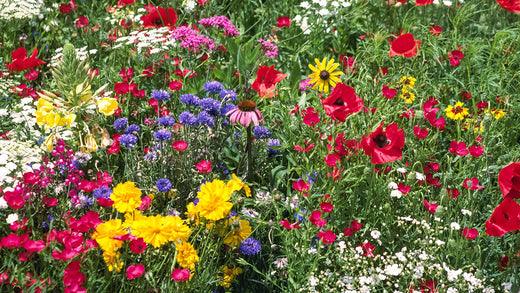

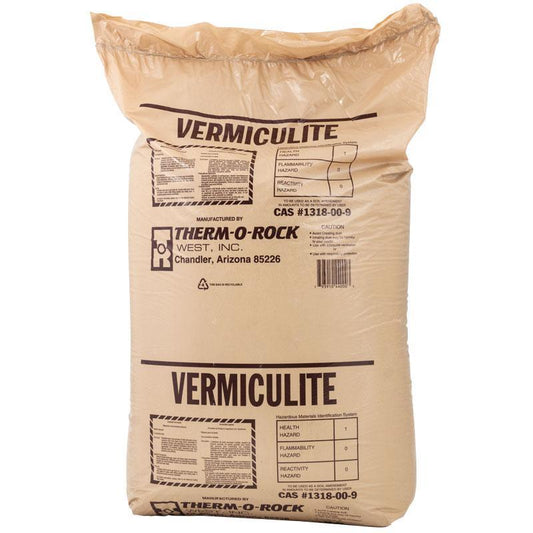
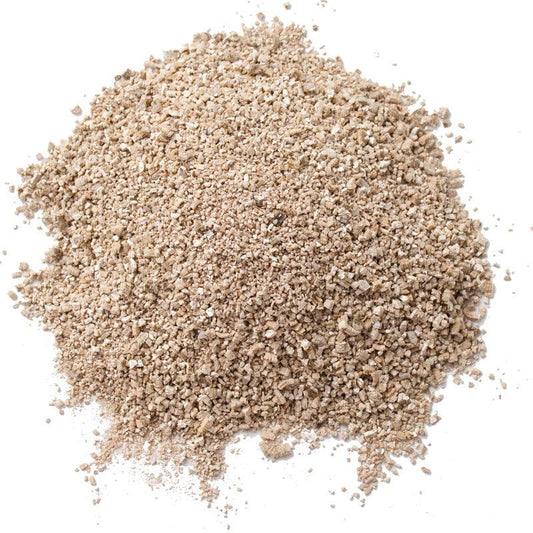
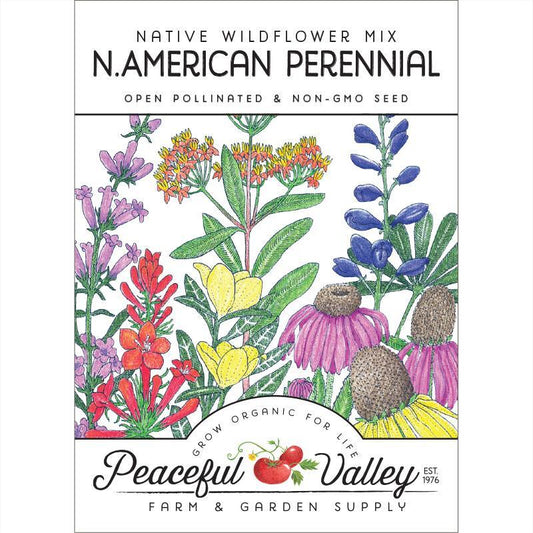
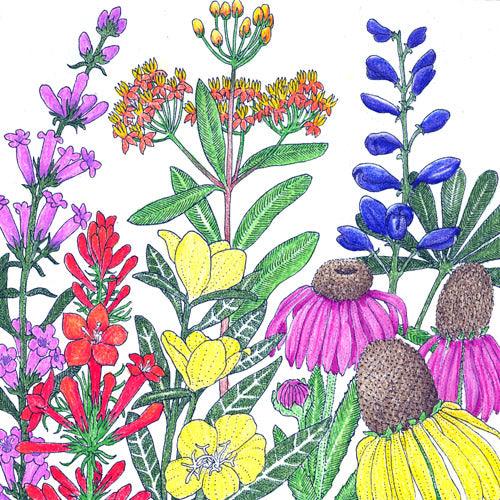
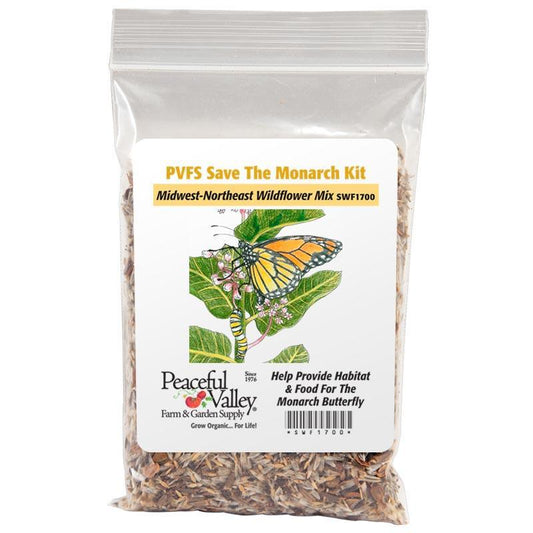
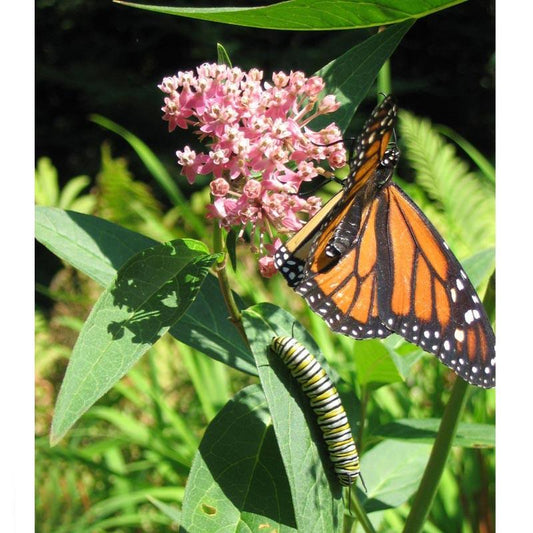
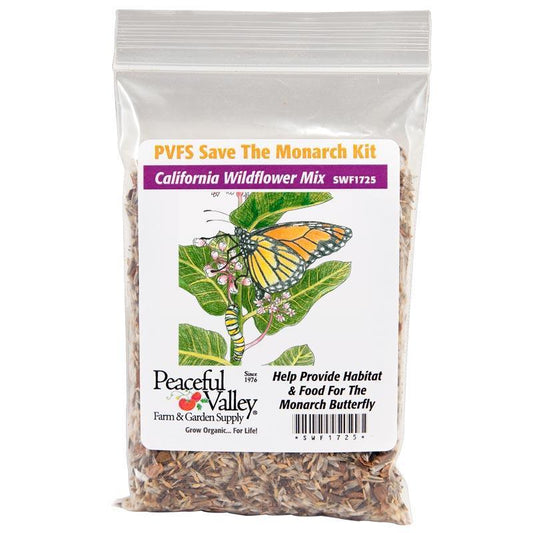
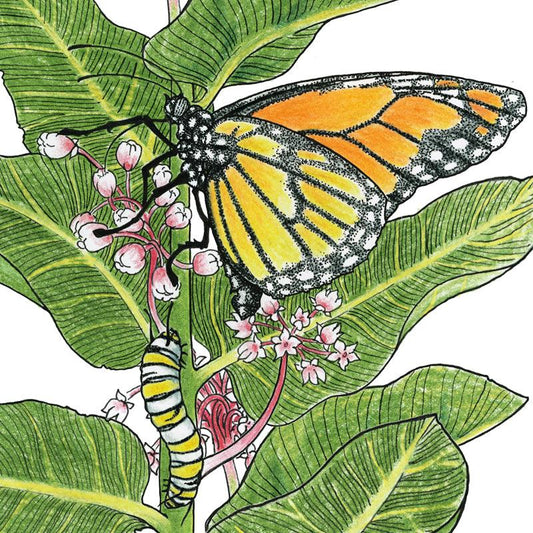
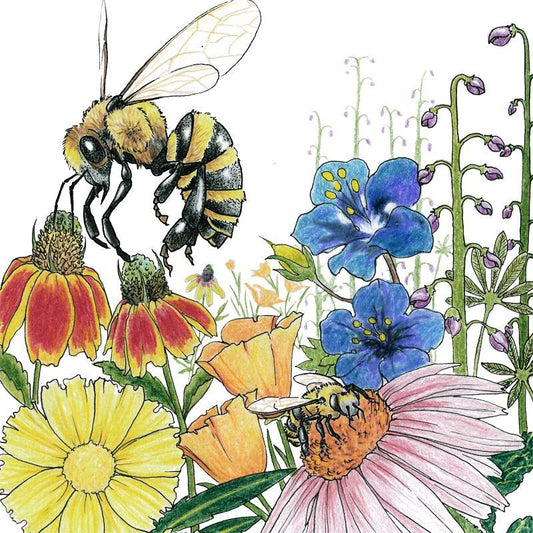
5 comments
Spring of 2020 we started our garden in May and it turned out well. I used a hose and watered daily for about 5 weeks to get it going. In late fall I planted more annuals and perennials about two days before the first snow, we live in New Hampshire. The Lupines are already going strong!
I have in Pennsylvania in the Bucks County Area .
If you have a problem with birds digging up your seeds .
It’s good to
In a separate area throw bird seed .
So you still are doing some good . For the natural wild life .
Of course with seeds .
Sometimes planting in a well tilled area .
And using the
Throw method .
…..
Just as nature normally does it own seed planting
…..
Also I usually wait two to three days and re-seed. And yes water immediately. Causing the seeds to set in the ground .
It’s kinda funny how people do not like squirrels.
EVERY ONE has to eat.
Remember that you are planting a garden for nature. Birds and the bees and yes other bugs.
I find myself sowing seeds in the early spring time . Here late April..
Because of the weather we still get cold nights
Enjoy your self planting and yes you can make any area look awesome
Thank you for your information.
Sincerely Gregg
I too live in an area filled with birds and my attempts at sowing seeds met with limited results. Now, I cover any bed(and almost anything I plant until it sprouts) with chicken wire and weigh down the ends with small-medium rocks. The chipmunks and squirrels are the biggest nuisance as they constantly dig in any fresh dirt they encounter. The wire works really well, though I once caught a chipmunk underneath. He’s able to dig through the wire a bit, but I figure he’s due his share. I first used chicken wire to bury bulbs and it worked liked a charm.
On Mt. Palomar San Diego, Ca. rain conditions vary greatly, year to year. Best success with wild flowers is to use a 3 prong cultivator to rake in the seeds. Long 5 foot handle." Any time of the year. Let Mother Nature germinate in her own time. Place seed in a container such as a salt shaker. Shake the seed out at a good pace within a 20 foot square, that rake in, re-rake over with the backside of a regular rake. Do another 20 foot square. Than, “See the lilies in the fields, they toil not.”
I live in an area full of birds of many kinds, so unless I apply a light covering to the seeds, they are gone almost immediately. After spreading the seeds, I cover with a thin application of a bagged organic mulch, then water. I have great success with this for several years.